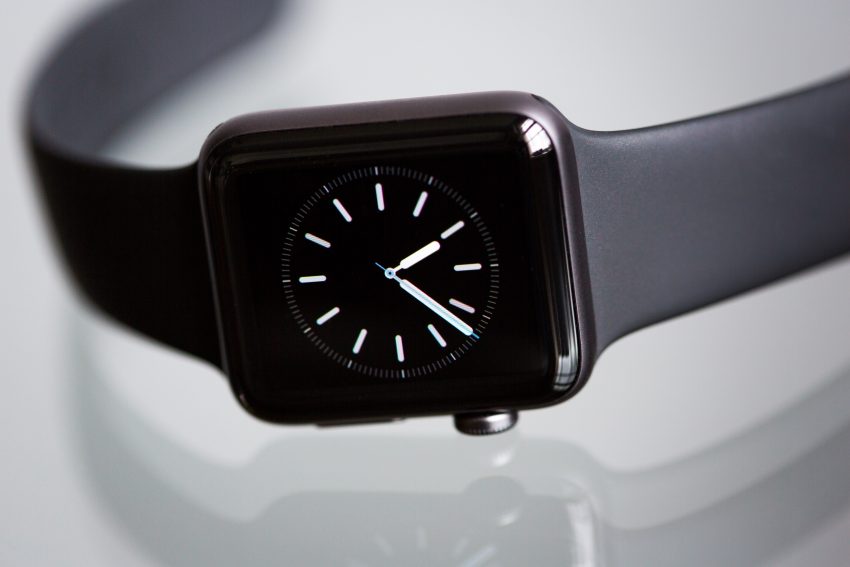We have seen a considerable rise in the popularity of wearables over the last decade. Smartwatches, fitness trackers and other forms of wearable technology have become ubiquitous in our everyday lives. Wearables are revolutionising how we live and work, from helping us stay connected to tracking our health and fitness goals.
What is a Wearable?
But what exactly is a wearable? A wearable is any device that you can attach or embed into clothing or accessories containing sensors, electronics, software and other components. Common examples include smartwatches, fitness trackers and augmented reality glasses. These devices allow us to monitor various metrics such as activity level, heart rate, and sleep patterns. They have become increasingly popular in recent years, with the global market for wearables expected to reach over 900 million units by 2022.
The first wave of wearables, Smartwatches, and fitness trackers have become part of the modern digital landscape, offering a range of features that can make life more convenient and efficient. From counting your steps to tracking your heart rate, these wearables are becoming more popular. In this article, we’ll examine how these devices transform how people stay active and healthy.
Unsurprisingly, smartwatches and fitness trackers have become so popular in recent years. Their sleek designs and innovative features offer an easy way to monitor health and stay connected while on the go. It is especially true for tech-savvy users who want to keep up-to-date with the latest gadgets without sacrificing style.
Health
One of the primary reasons for the popularity of wearables is the increasing focus on health and fitness. Fitness trackers, in particular, have become a common sight on the wrists of gym-goers and fitness enthusiasts. These devices track various fitness-related metrics, such as steps taken, calories burned, and heart rate. They can also monitor sleep patterns, providing users with insights into their sleeping habits and how they can improve their sleep quality.
The devices include various technologies, including sensors, wireless connectivity, advanced software algorithms power wearables. These technologies collect data about your movements, heart rate, and other health metrics, which are then processed and analysed to provide insights into your health and fitness. The sensors in wearables are incredibly sophisticated and can detect even the most minor movements and changes in your body, making them very accurate and reliable.
They are also great tools for motivating users to stay active and achieve their fitness goals. Most devices come with integrated programs that allow you to set daily step counts and calorie targets, and reminders that help keep you on track with your plans. Plus, many models have built-in systems that offer incentives like discounts and special offers when specific goals are achieved – making it easier than ever to stay motivated.
The rise of wearables has also significantly impacted the healthcare industry. Medical-grade wearables have been developed to monitor various health metrics, including blood pressure, glucose levels, and ECG readings. These devices benefit people with chronic conditions who must watch their health closely. They allow patients to track their health metrics from home, reducing the need for hospital visits and enabling healthcare providers to provide more personalised care.
Stay Connected
Another critical feature of wearables is their ability to access notifications and apps. Smartwatches, in particular, have become an integral part of the smartphone ecosystem, allowing users to access messages, emails, and social media notifications without taking their phone out of their pocket. They also provide access to various apps, from fitness apps to music streaming services, all from the convenience of your wrist.
The benefits of wearables extend beyond just health and fitness. These devices can also help improve productivity, providing access to notifications and apps without needing a smartphone. The devices can also streamline communication and collaboration in the workplace, allowing employees to stay connected even when on the go.
Privacy Concerns
Despite the many benefits of wearables, some concerns surround their use. One of the main concerns is privacy. Wearables collect critical user data, including location, movements, and health metrics. Companies can use this data for targeted advertising or sell to third-party data brokers. There are also concerns about the security of wearable devices, particularly as they become more integrated into the Internet of Things.
Another concern is the potential for wearables to exacerbate existing health problems. For example, some people may become too reliant on their fitness trackers, leading to an unhealthy obsession with their step count or calorie intake. There are also concerns that wearables could reduce physical activity as people become too reliant on their devices to tell them how much exercise they have done.
The Future
Despite these concerns, the rise of wearables shows no signs of slowing down. As technology evolves, wearables become more sophisticated, constantly adding new features and capabilities. Wearables will become even more integral to our daily lives in the future.
With medical-grade wearables becoming more widespread, healthcare providers can monitor patients remotely, providing more personalised care and reducing the burden on hospitals and clinics. Wearables will also prevent health problems by giving early warning signs of potential health issues.
Another area where wearables are likely to impact is the workplace. Wearables can improve productivity, streamline communication, and even monitor employee well-being. For example, wearables could monitor employee stress levels, providing early warning signs of burnout and enabling employers to take proactive steps to prevent it.
The rise of wearables has been one of the most significant developments in the world of technology in recent years. These devices have revolutionised how we interact with technology, providing access to a range of features and capabilities from the convenience of our wrist. Wearables offer a range of benefits, from improving health and fitness to enhancing productivity and communication in the workplace. However, there are also concerns about privacy and security and the potential for wearables to exacerbate existing health problems. As technology continues to evolve, wearables will likely become even more sophisticated, providing users with even more benefits and capabilities.



